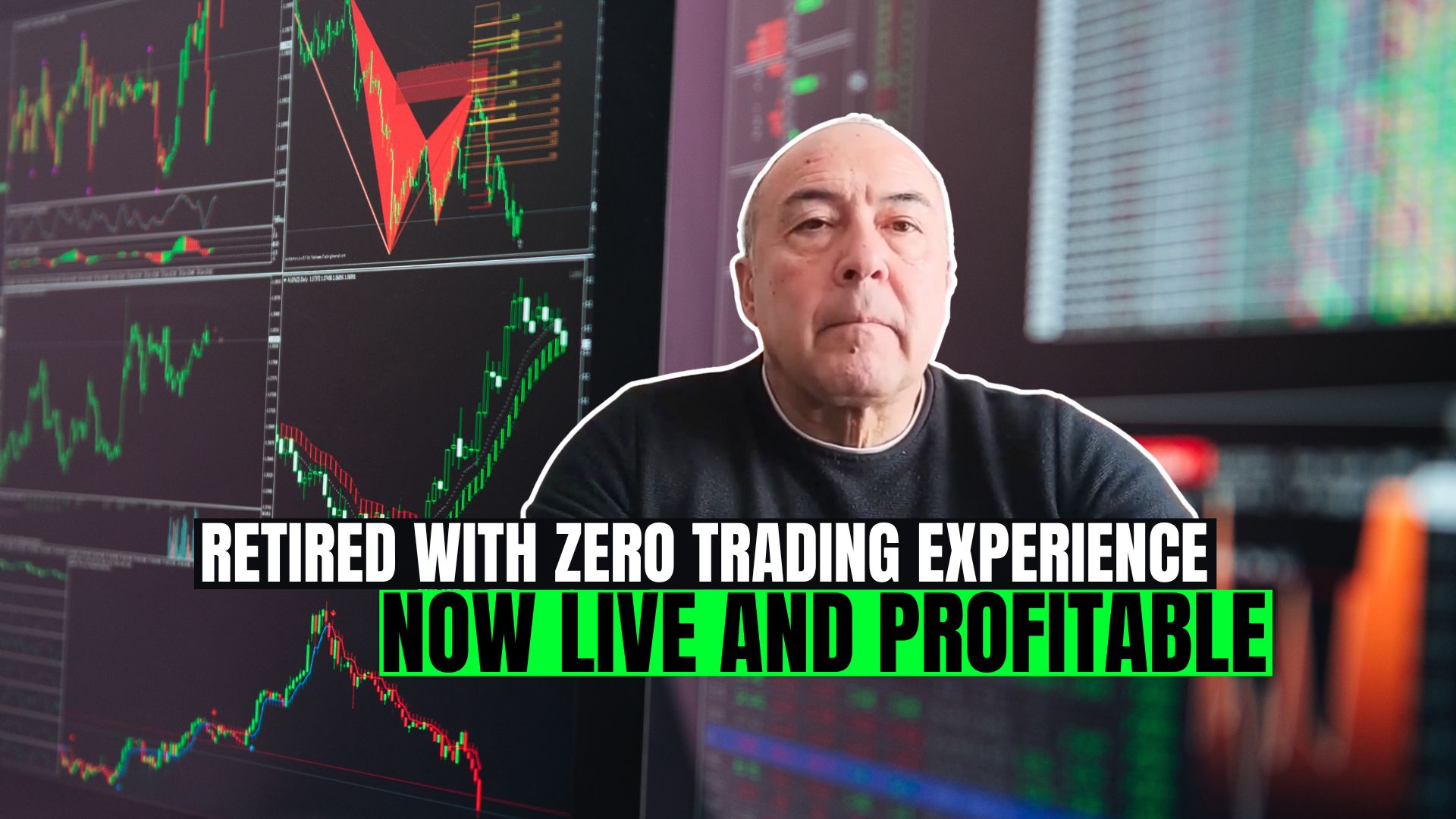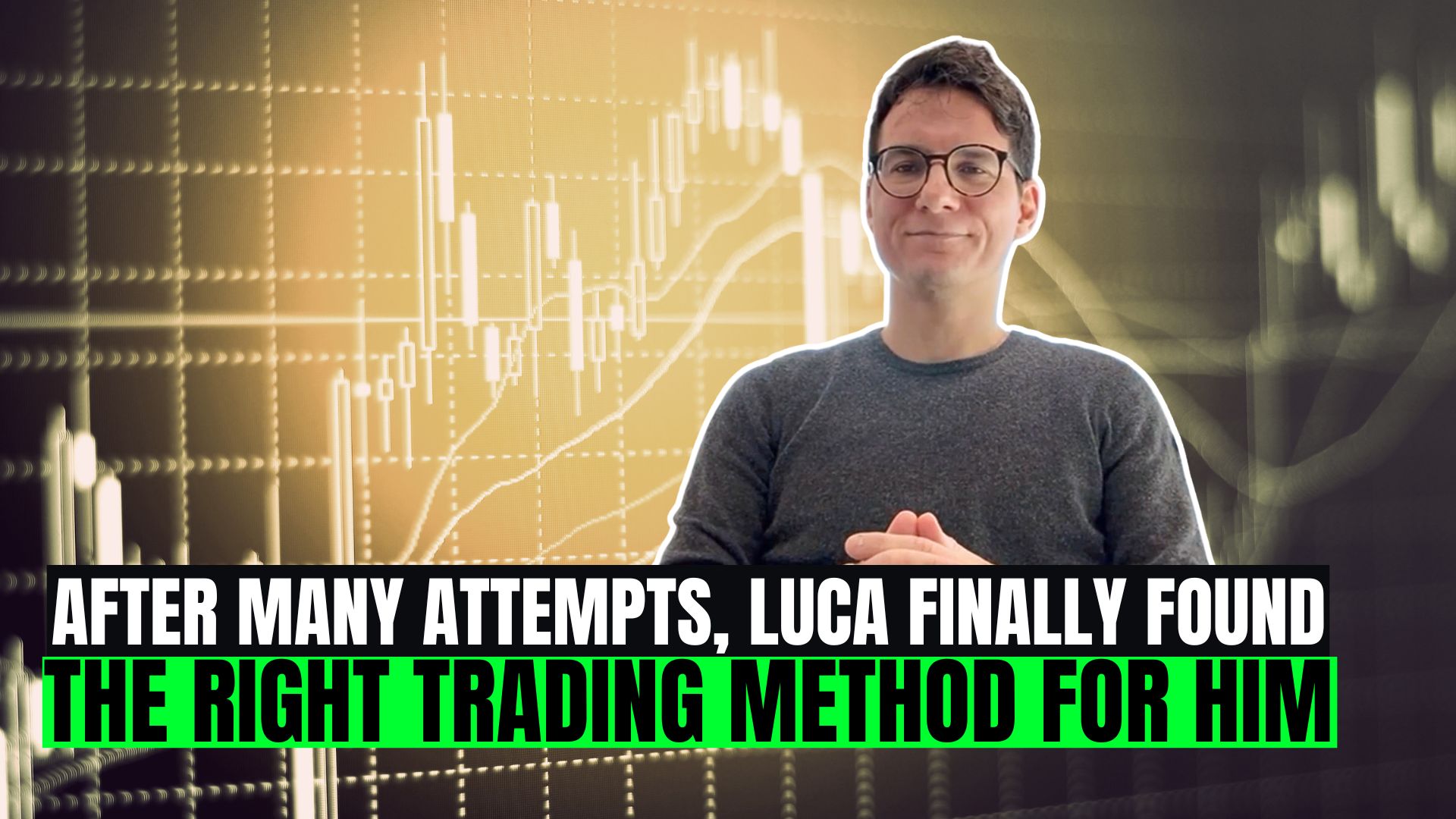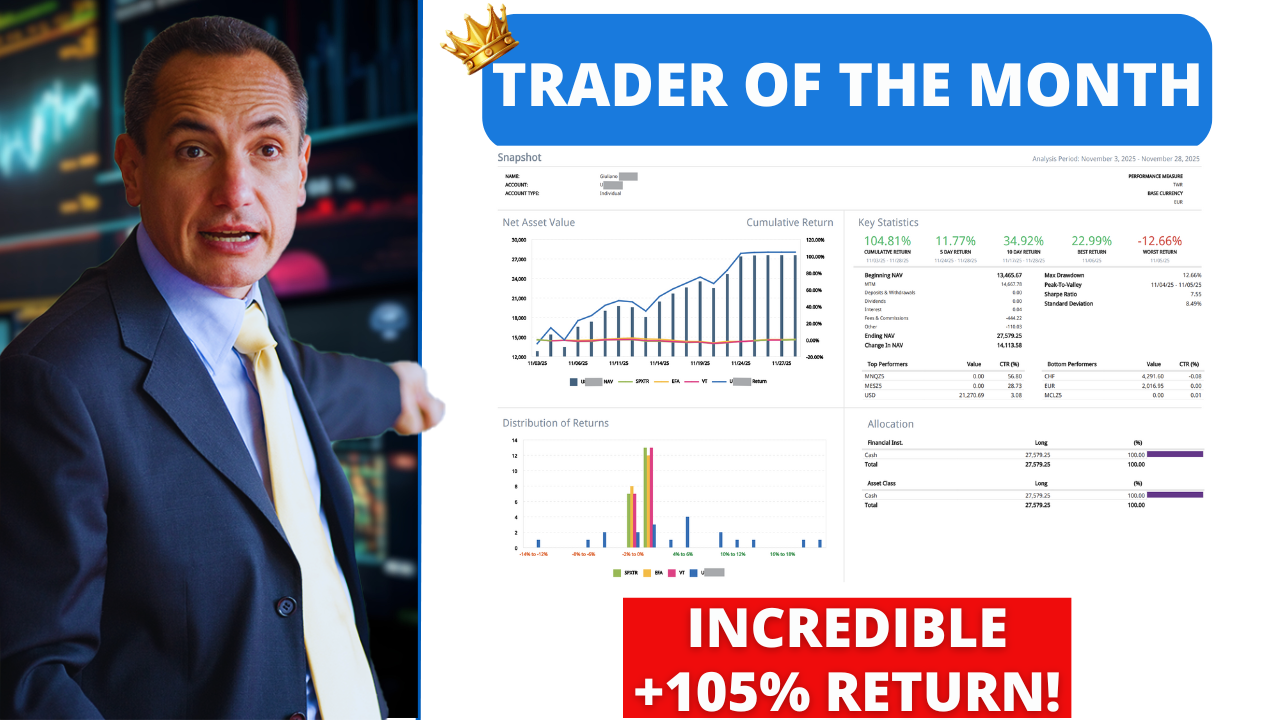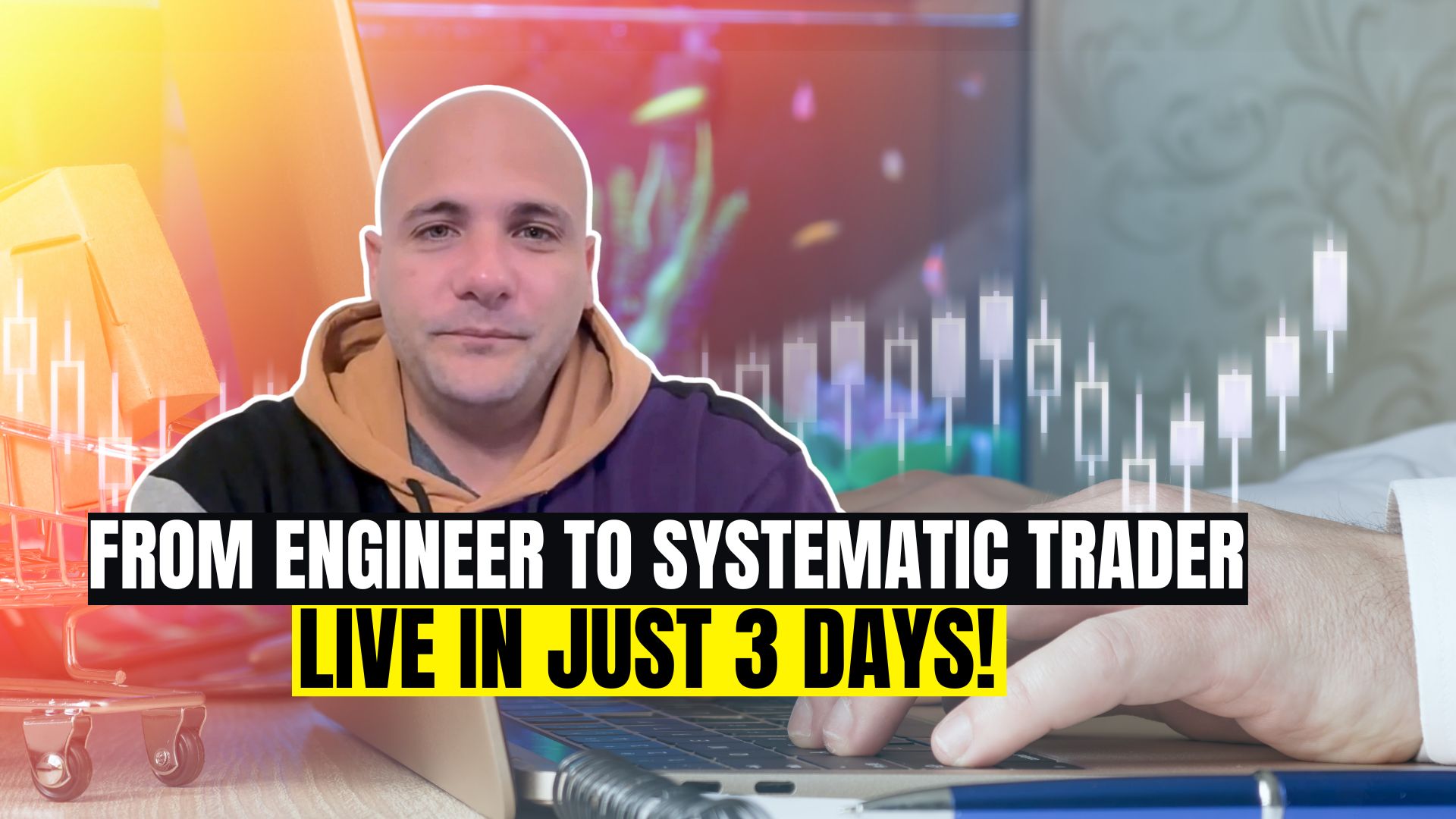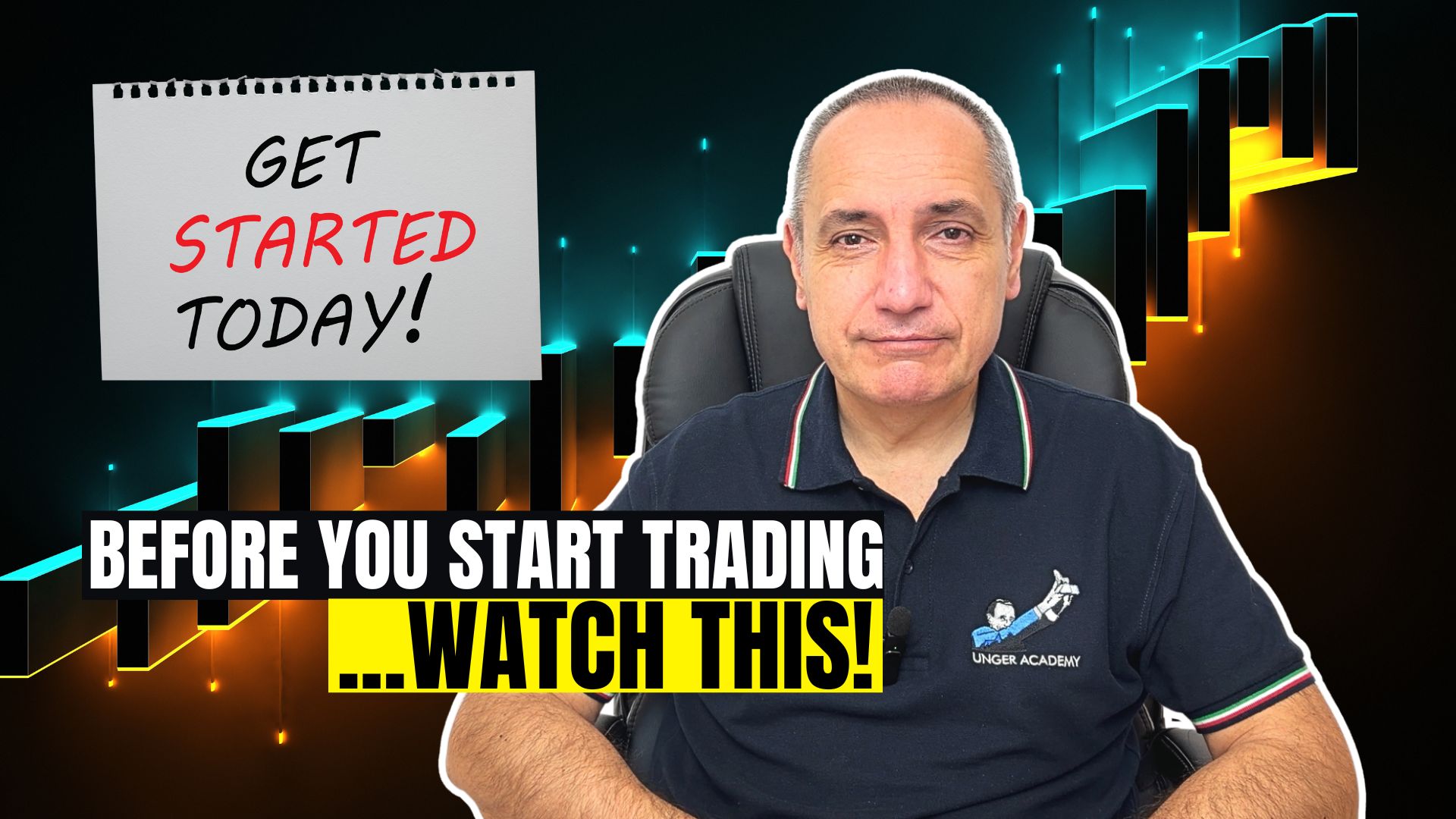Hi guys, hi from Andrea Unger! Today, I’d like to focus on the Bonds Market and, more in particular, on how systematic traders should approach them.
The most interesting bond in Europe is the Bund Future (FGBL or, sometimes, just GBL). The Bund Future is quoted on Eurex Exchange and doesn’t move too fast. So, it’s good for those people who don’t want to dedicate too much money to trading.
Developing systems on Bund isn’t easy. Over the years, this future has always been rising, except for 2013, when it went a bit down. This means there’s a strong upside bias that makes it difficult to find short edges. Although you may not need these edges, the point is that we can’t know what’s going to happen tomorrow, especially if we consider that it has now reached levels we couldn’t imagine.
So, actually, we can expect a drop. I’m not saying anything about the future. I’m just saying that, if the need to trade a falling market should arise, we wouldn’t have models.
It’s difficult to find something that works on this market, so it isn’t easy to trade it in a systematic way.
In Europe there’s also the BOBL, which is a close relative of the Bund. However, since it’s very similar to it, if you already trade the Bund, you’d better not consider it.
Other alternatives can be the future on the Italian BTP and the OAT. However, I think that focusing on the Bund is enough.
In the United States, there are three great futures in the bonds market:
- the 30-Year T-Bond;
- the 10-Year T-Note;
- the 5-Year T-Note.
They’re all very liquid markets, especially the 30-Year T-Bond, which is the most liquid of the three, and the 10-Year T-Note. Although it’s the least liquid of the group, the 5-Year T-Note is still enormously liquid.
So, these markets are very good in terms of volumes, but they’re also very difficult to trade. In addition, they are pretty much expensive (1 point is $1,000 worth), so you may not feel comfortable with them as a first step.
Finding breakout strategies that work on these markets is extremely difficult. Counter-trend strategies work, but it’s still quite hard to find something to develop.
So, even though you can consider the bonds market for the sake of diversification, my advice is that you start developing on normal markets, as developing on bonds is definitely not easy.
You can find many posts in this blog about other markets, and more are in store! So, stay tuned!
Ciao from Andrea Unger!


